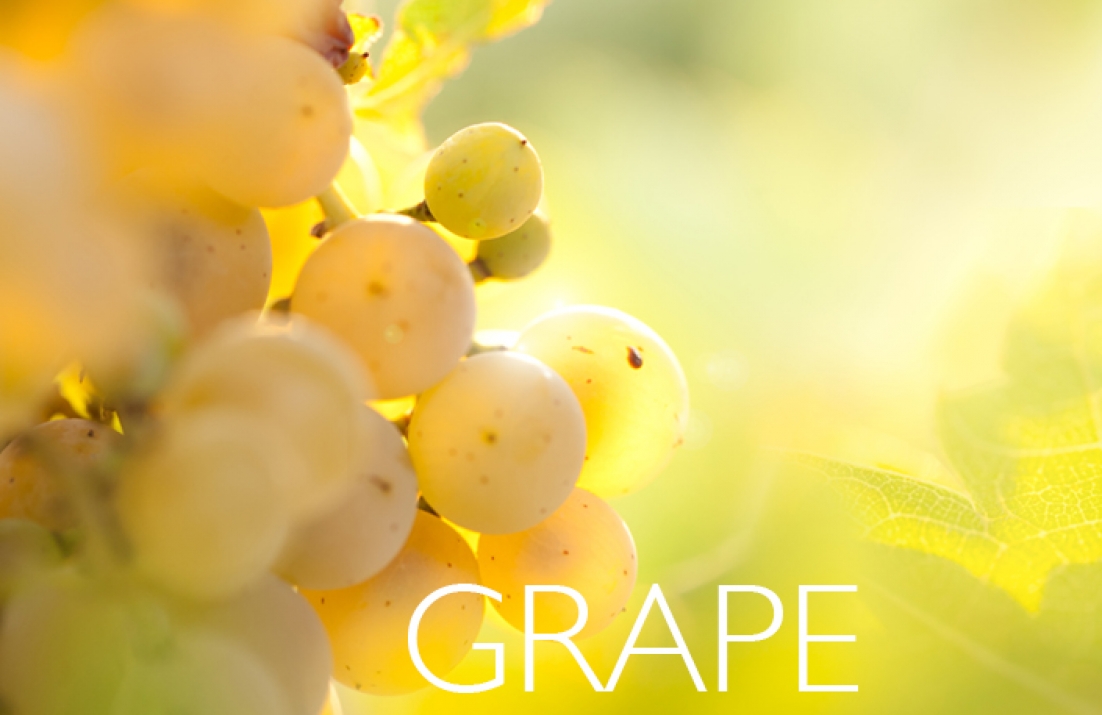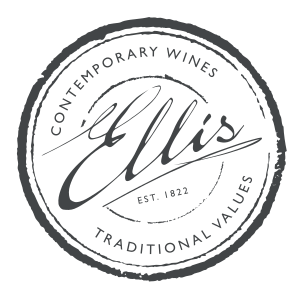Introduction to Chardonnay

From the leanest Chablis to the oakiest of Australian beasts, Chardonnay is probably one of the most versatile and unfairly maligned of grapes.
For many, Chardonnay is still seen as a no-go. People put off by the cheap, over oaked experimental chardonnays which used to came out of California and Australia in the 80's and 90's. However, this grape is much more than that and can be made in a variety of different styles which suit even the fussiest of taste buds.

In its traditional home in the heart of Burgundy it is crafted into rich and sumptuous whites with potential to age and improve for years, and it is a cornerstone of a majority of Champagnes. The famous Chablis traditionally uses no oak, creating steely dry wines with a beautiful minerality and quality. Elsewhere in the region, oak is used sparingly to create beautiful elegant rounded white wines. Often with higher price points!
Across the world producers take advantage of the grapes sheer versatility to create wines of exceptional character. The grape has thrived in different regions all over the world, most commonly found in Australia and Chile but you can also find styles from less usual areas like Italy and Spain.
When a bacteria is added to the wine making process, malolactic fermentation occurs which is when the crisp acids in the wine are converted to lactic acids (yes, like in milk) giving the wine a more rich, full bodied texture. Traditionally, this leaves wonderful buttery brioche and vanilla notes. Much different from the apple and mineral characters of Unoaked Chardonnay.
Also, Chardonnay is often used in making high quality Sparkling wines. As one of three noble grape varieties of Champagne (the others being Pinot Noir and Pinot Meunier) Chardonnay has been cultivated and nurtured into some of the finest sparkling wines in the world.
Common Characteristics
Colour: White
Style: Dry
Body style: Medium/full Bodied (the more oak, the more full bodied)
Alcohol content: Medium/High (warmer regions tend to develop wines with higher alcohol content e.g. Australia)
Food Pairing: White meat and salad dishes. Loire Valley Sauvignon goes particularly well with a light goats cheese.
